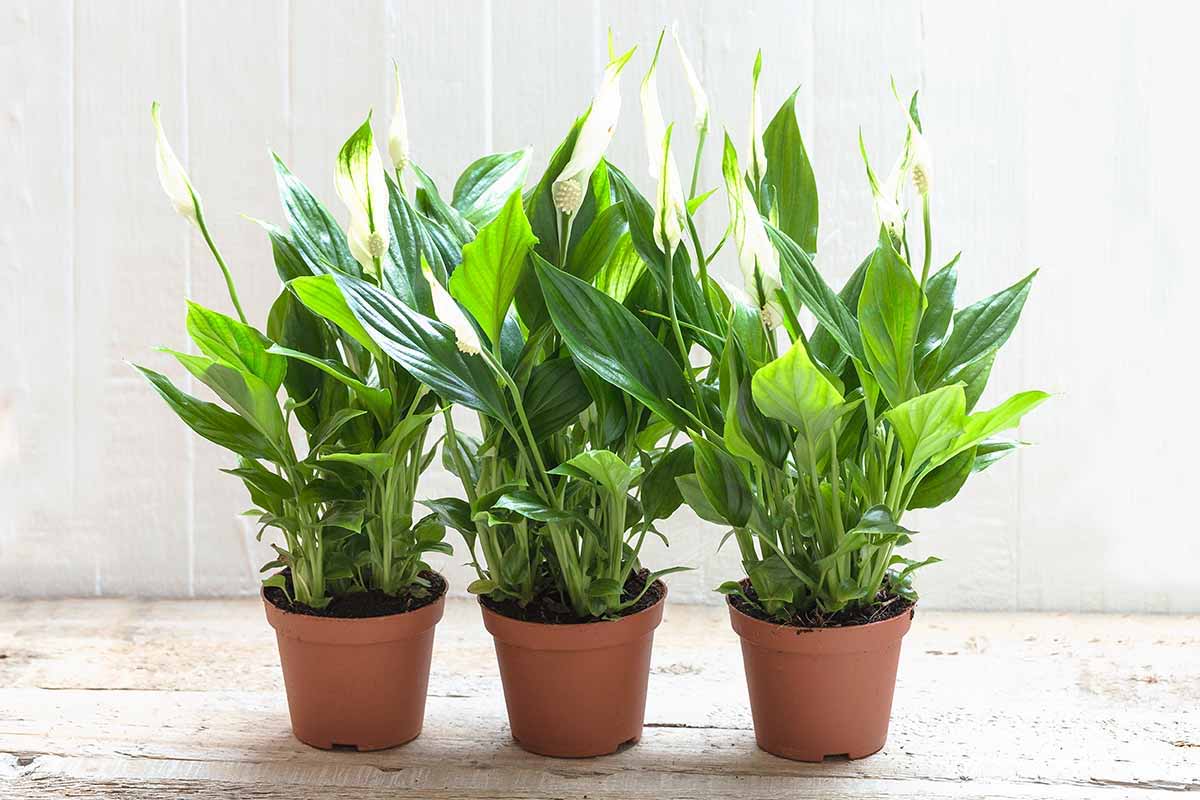Warm leaves lift, blooms stand tall, and the pot never smells sour when watering fits the plant’s rhythm. Your Peace Lily rewards steady care with glossy growth and clean lines, yet it dislikes guesswork. Moist soil matters, though soggy roots suffer. Start by reading the pot, not the calendar, and let simple checks guide you. With a few habits, you’ll match your home’s light, heat, and air to what this tropical houseplant wants, day after day.
Watering Foundations for Reliable Growth
The Spathiphyllum family comes from warm, humid forests, so “moist, never soggy” is the rule. Feel the top 1 to 2 inches of soil; when dry, water. Most homes land on every 7 to 10 days, yet rooms vary. Your Peace Lily cares less about weeks and more about what its pot tells you right now.
Light sets the pace. Six to eight hours of bright, indirect light speeds drying, while a dim corner slows it. Soil texture matters too. A light blend containing peat and perlite releases moisture more rapidly than compact clay. Mulch atop reduces evaporation, which extends the interval between waterings without stressing roots.
Temperature and humidity close the loop. This plant likes 65 to 85°F, with 40 to 60% humidity. Warm rooms and dry air pull water from soil quickly. Cooler rooms and moist air hold it longer. Note how seasons alter drying time, then adjust gently so roots stay steady.
Watering Steps That Keep Your Peace Lily Happy
Morning watering works best because leaves dry as the day warms. Pour slowly until water runs from the drainage hole, then empty the saucer. Roots breathe when excess drains. Without that step, water lingers, fungus wins, and growth stalls. Simple, thorough, and consistent beats frequent sips that never reach deeper roots.
Base-watering provides a luxurious approach. Position the vessel in a shallow basin for 15 to 20 minutes and allow moisture to ascend upward. This distributes hydration throughout the root mass and assists compressed substrate in rehydrating. Subsequently, elevate the container, permit drainage, and restore it to its location. Your Peace Lily appreciates that gentle restoration.
Water quality counts. Filtered or distilled water avoids fluoride and chlorine, which can stress leaf tips. Tap water may work in some homes, though sensitive plants show brown edges. If tips crisp regularly, switch your source. Then, track results. Small changes in water quality often fix leaf issues faster than fertilizers can.
Smart Adjustments by Light, Soil, and Pot
Brighter rooms move water quickly, so watch the surface more often. In low light, the mix stays damp longer. Use your finger as a gauge, because schedules drift when clouds, seasons, and blinds change. The Peace Lily tolerates shifts, while steady feedback prevents both thirst and rot.
Choose a potting mix that fits your routine. Airy blends with peat and perlite drain fast and welcome oxygen. Dense, clay-heavy mixes retain moisture longer yet can suffocate roots when overused. A thin mulch layer helps keep moisture even. That small cushion reduces spikes between watering days and keeps the surface from crusting.
Container size sets tempo. Small pots dry fast; large pots hold more volume and stay moist longer. If the plant drinks more often than usual, it may be root-bound. Repot one size up and ensure a drainage hole. Good drainage protects roots, while the roomier pot reduces swings between wet and dry.
Numbers, Timing, and Tiny Details That Matter
Light drives the schedule: plan for 6 to 8 hours of bright, indirect light. Water when the top 1 to 2 inches are dry, which often equals every 7 to 10 days. Place those cues first, since they beat any fixed plan. Your Peace Lily will respond with upright, shiny leaves.
Early watering prevents evening dampness on leaves and soil. According to Tabar Gifford, morning routines help plants absorb moisture before heat builds, which limits fungal pressure. Water thoroughly until runoff, then empty the saucer so roots don’t sit in a puddle. This simple habit stops sour smells and protects the crown.
Soil choices change cadence. Ankit Singh notes airy mixes dry faster than dense, clay-rich blends. If you prefer fewer waterings, lean slightly denser or add mulch. If you tend to overwater, lighten the mix. Keep humidity around 40 to 60% and temperatures near 65 to 85°F to stabilize evaporation and root activity.
Troubleshooting a Thirsty or Drenched Peace Lily
Overwatering shows up first as yellowing lower leaves. Wilting despite wet soil signals suffocated roots. A foul, swampy scent warns of rot, and stems near the base feel mushy. If these appear, let the pot drain, trim damaged parts, refresh the top layer of mix, and reduce frequency. The Peace Lily hates wet feet.
Underwatering looks different. Leaves droop yet rebound fast after a drink. Brown, crispy tips spread from the edges, while soil shrinks from the pot’s sides. Water deeply, pause, then water again to rehydrate the root ball. Add mulch to slow evaporation. Slightly increase frequency, then watch recovery before making bigger changes.
Address persistent aridity through base-watering for 15 to 20 minutes. Loosen compacted substrate using a thin implement, then hydrate completely so the entire depth revives. If the vessel appears constrained, transplant into a container with drainage opening. You’ll observe more reliable development when roots possess space, oxygen, and a uniform moisture gradient.
Gentle Routine That Keeps Blooms and Leaves Lively
Match light, soil, container, and time of day, and the plant’s rhythm settles. The Peace Lily thrives when moisture moves through the mix, not when it lingers. Water in the morning, drain the saucer, and trust the finger test over the calendar. Small, steady habits turn guesswork into ease and long-term health.
